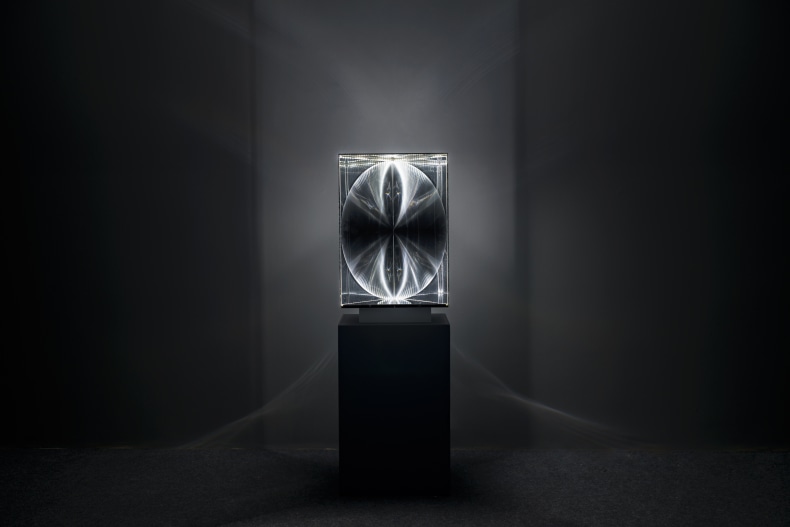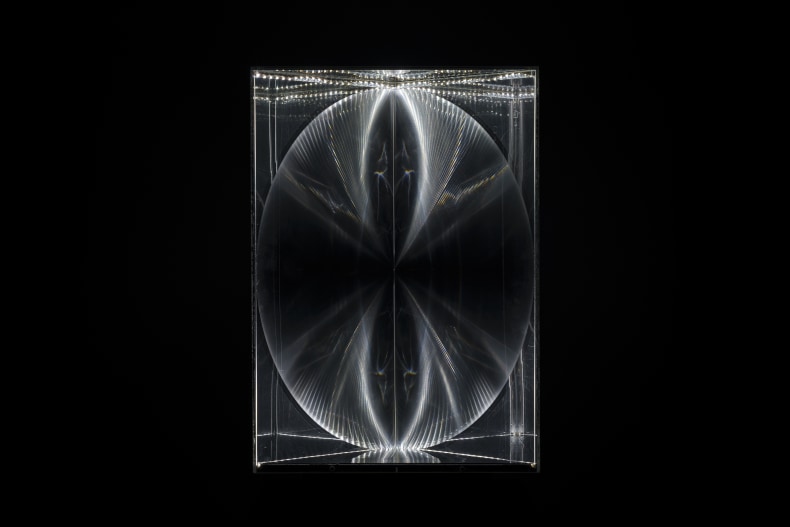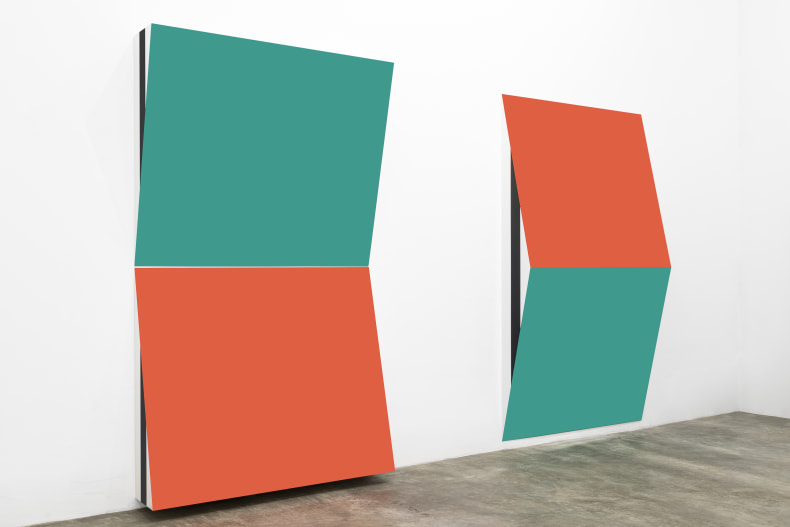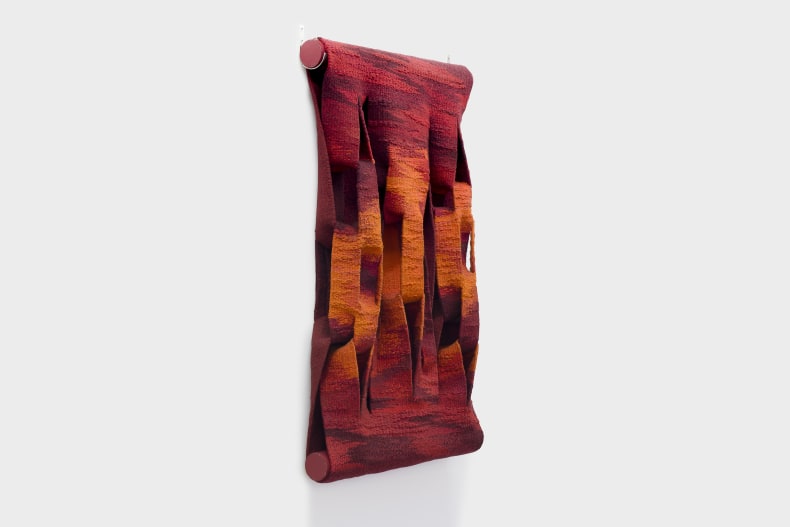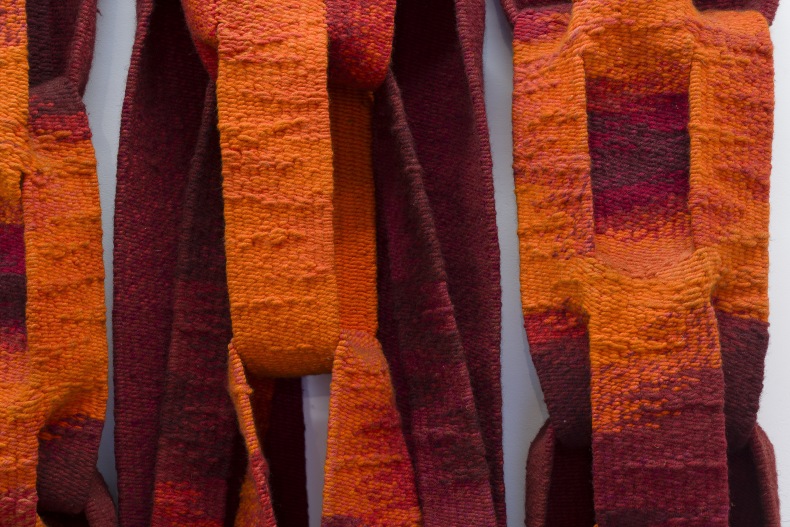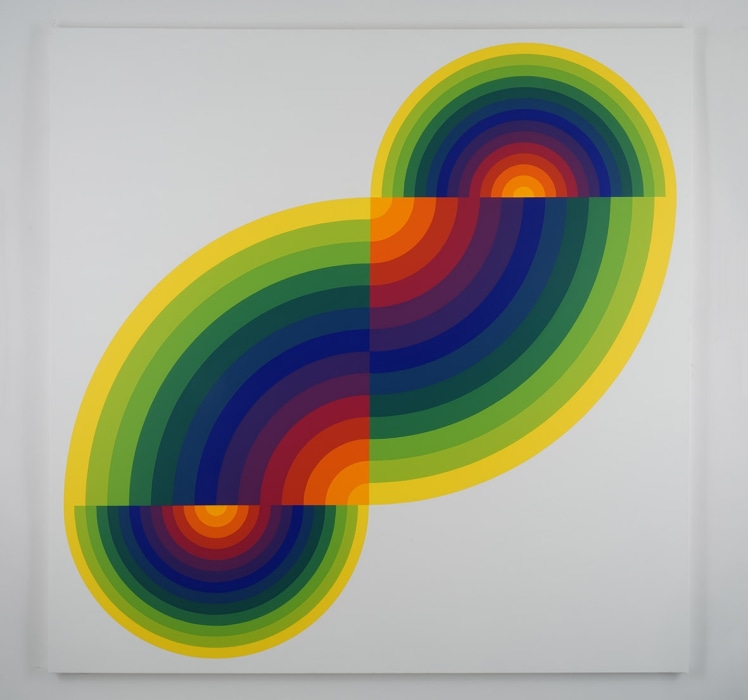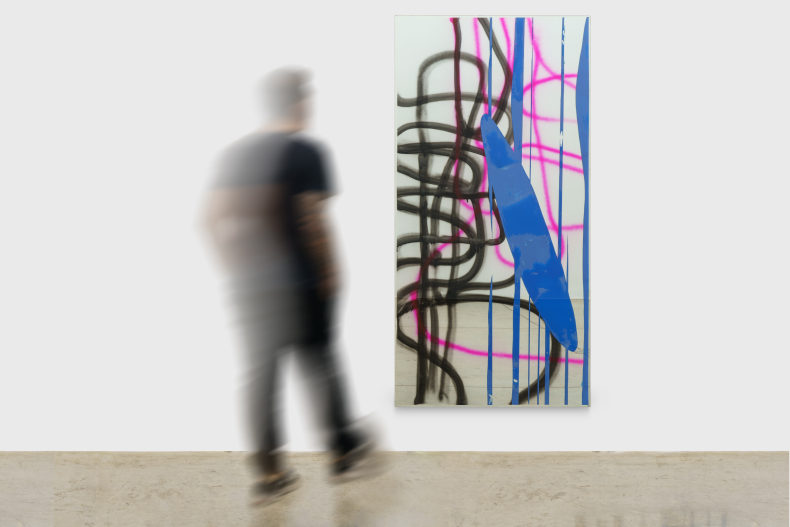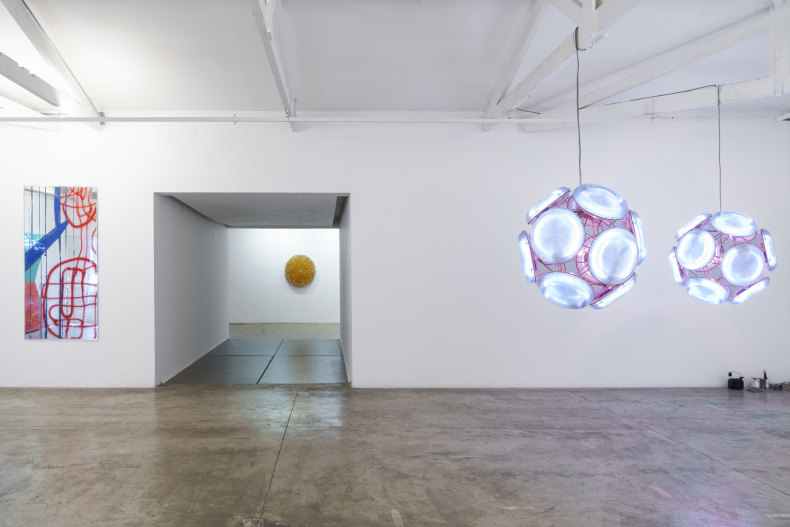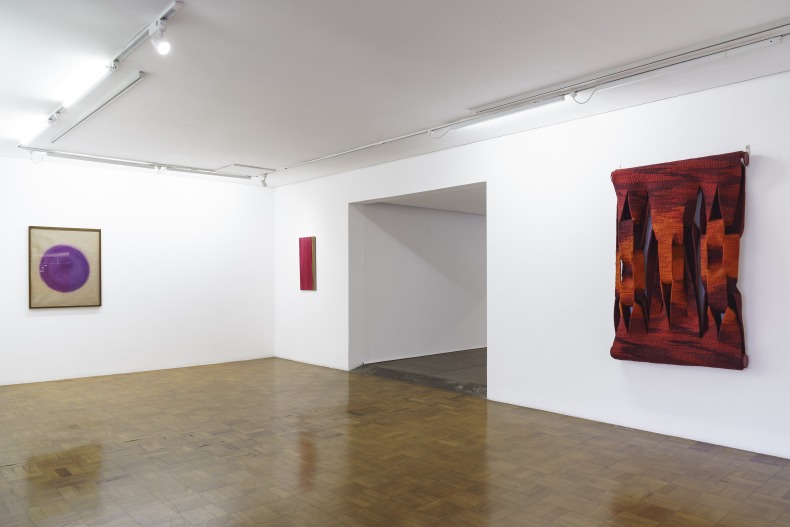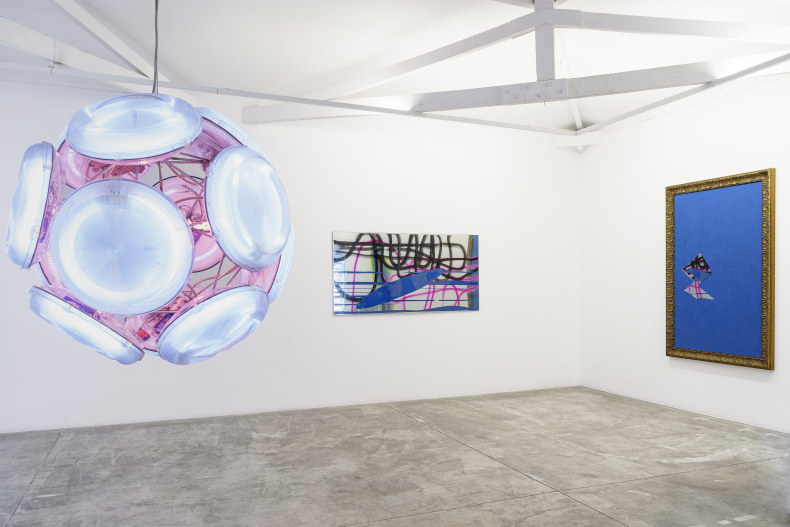Nara Roesler São Paulo is pleased to present Co/respondences, a group exhibition curated by Nara Roesler Curatorial Project, which brings together works by important Brazilian artists in dialogue with significant international artists, through their mutual resonance, whether for formal, structural, thematic, biographical, or historical reasons.
One point in common between the selected artists is the fact that they incorporate pure visual elements into their works, such as luminosity, geometric shapes, colors, and spatiality. These factors have a direct impact on the viewer's perception and promote intense sensory experiences.
Artists Julio Le Parc and Heinz Mack, both pioneering figures in international kinetic and optical art, stand out in this regard. Throughout their careers of more than 60 years, they have explored elements such as light and color, encouraging the viewer's participation and activating their perception. Also included in the exhibition is a Kinechromatic Device by Abraham Palatnik (1928-2020), a central figure in kinetic and optical art in Brazil. With the device, Palatnik reinvented the practice of painting through the choreographed movement of lamps of different voltages at different speeds and directions that create kaleidoscopic images. Exhibited for the first time at the 1st São Paulo Biennial (1951), a piece from the same series received an Honorable Mention from the international jury for its originality.
If Le Parc, Mack, and Palatnik were innovative through the exploration of light and color in movement from the 1950s onwards, Olafur Eliasson is a contemporary artist who stands out in his quest to broaden the viewer's perception. The works by Eliasson which are part of the exhibition consist of a set of lamps used in the Serpentine Gallery Pavilion in 2007. This architectural structure, designed in conjunction with Norwegian architect Kjetil Thorsen, was the artist’s first experience working directly on an architectural project. Their idea was to define the space of the building not so much by its elements and structures, but by flow and movement of those who walked through it, with lighting contributing to this experience.
Another important highlight of the show is the dialogue established between the Italian Michelangelo Pistoletto and the Brazilian Carlito Carvalhosa (1961-2021). The former, a representative of Arte Povera, began using mirrors of various kinds as pictorial support in the 1960s, a research that has continued in his work to this day. Carvalhosa, for his part, has also used mirrored surfaces as a support, tensioning them with various materials, such as wax, acrylic paint, and in the case of his works in the exhibition: resin, oil paint, and spray paint. "The canvas is a place where you project things. But the mirror reflects, so it shouldn't be painted. And it's this tension that interests me."
Materiality is another aspect explored by the artists in the show. American Sheila Hicks, known for her innovative use of textile artifacts, ranging from small wall tapestries to large site-specific works, participates with a group of works whose titles refer to ballet steps, such as relevé and pirouette. Textiles are also the medium through which Jacques Douchez (1921-2012), one of the main figures responsible for bringing the art of tapestry into a modernist language, developed his body of work. A contemporary of the abstract and concrete strands of the arts, he dialogued with much of this research, bringing various plastic achievements to his work. While at first he conceived of the textile surface as a plane, he later incorporated volumetry into it, creating works with highly original configurations and sculptural attributes, such as Messidor (1988), which is part of the exhibition.
